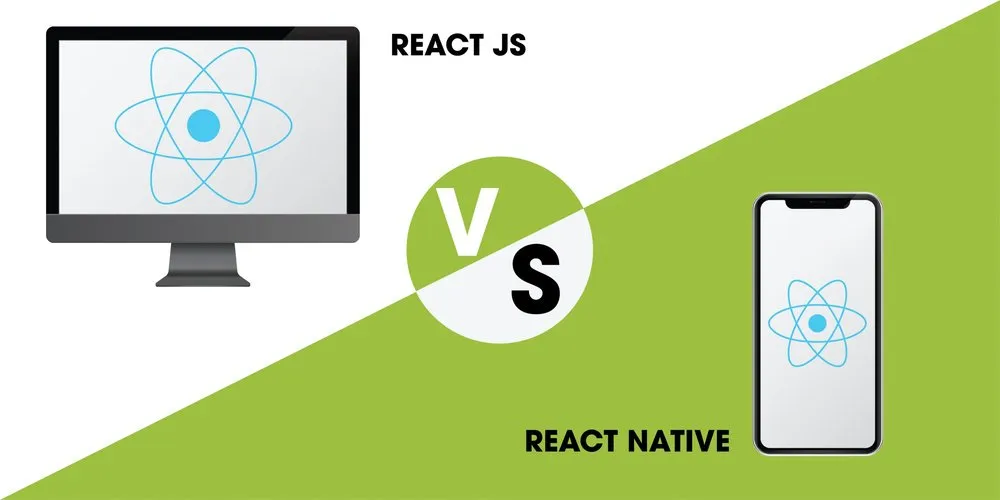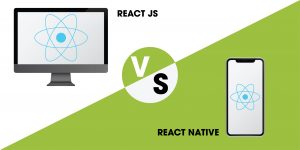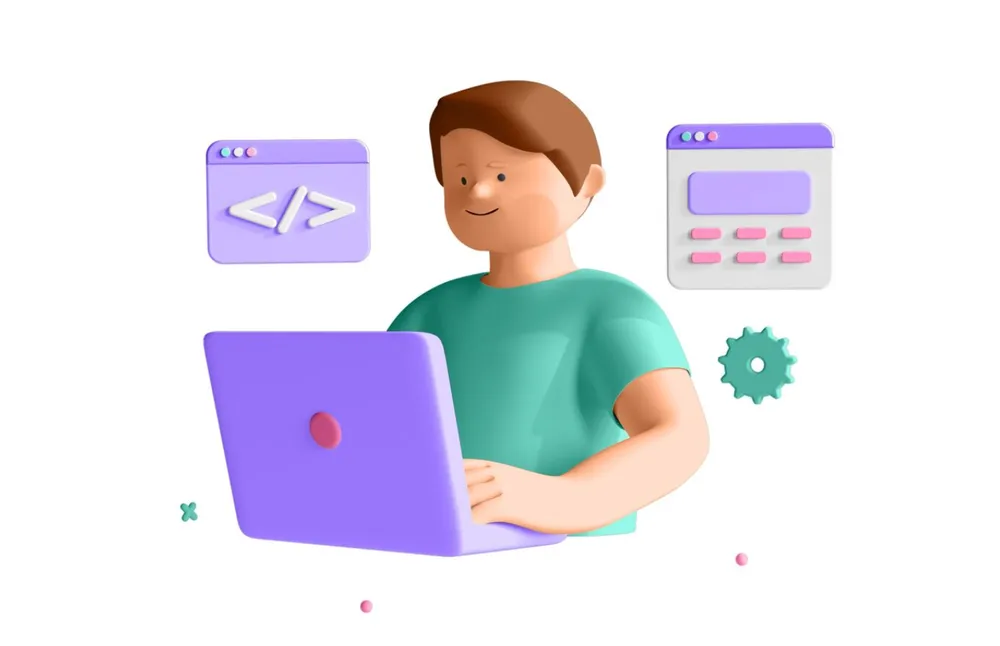REACT.JS
React.js simply referred to as React mostly, is an open-source framework. It was designed by Jordan Walker for Facebook and the community and released in 2013. React is a type of JavaScript library. It is a front-end JavaScript framework used to build user interfaces or UI components. It is backed by Facebook and a large community.
We can make single-page or hybrid mobile applications using React.js. It has a virtual DOM (Document Object Model), which enhances its performance speed. It will help us to make applications for Android as well as for IOS. Its framework has proper tooling, which makes it more efficient.
PROS OF REACT.JS
1. Easy to learn:
React uses JSX syntax, which is easy to write and learn. Even if developers are unfamiliar with react, but with some basic knowledge of HTML and JavaScript, they can begin to use it.
2. Job & Hiring:
React has a very big community, as Facebook maintains it. That’s why many people show their interest in learning React. This is a benefit for companies as they can find a skilled and experienced React developer without any hassle.
3. Virtual DOM (Virtual DOCUMENT OBJECT MODEL): Virtual DOM enhances its performance speed a lot. Virtual DOM enables the view layer in web browsers efficient.
4. Reusable Components: We can reuse code components in React. It saves a lot of time and effort. It has a set of many pre-existing components and also gives us a facility for reusable components.
5. Helpful toolset: React has handy tools for developers. This toolset makes the task easier and more understandable for them.
REACT NATIVE
React Native is a platform that allows us to build native mobile apps and cross-platform apps. It was created by Facebook and the community and launched in 2015. React is the base abstraction of React Native. Facebook created React Native for its internal use. It focuses on mobile apps rather than browsers.
We can write apps in JavaScript, Java, C++, and Python. It uses JSX as the syntax, which makes its performance better and more efficient. It doesn’t use HTML or CSS. It supports both IOS and Android applications.
PROS OF REACT NATIVE
1. Hot Reloading - This is the most attractive feature of React native. If you make any change in your code and it is visible automatically during development. All the changes can be tracked. This will save developers time and effort in making the app.
2. JavaScript - It uses JavaScript to build native apps. Using JavaScript makes React Native unique and handy. As it is a very easy language than other programming languages.
3. High Performance - It also supports code reusability. Its regular updates make it a better place to work. With the use of native tools and controls, we can make its performance better and more efficient.
4. Cross-platform Usage - In React Native, we code only once and can use it on many platforms. The code is written in JavaScript. But, later, it can convert to native views also. It works for both IOS as well as Android devices.
5. Saves money and time – As it is compatible with both Android and IOS. So, developers have to install only one app, which will save them money. Also, with the help of its great tooling task, developers can execute tasks rapidly.

REACT VS REACT NATIVE
1. Primary setup - React.js is an open-source framework library. It can build user interfaces or web browsers. You have to choose web packs and bundlers. React Native is a JavaScript framework. We can create native mobile applications with it. In React Native, we have everything ready to set up.
2. Styling and DOM - React uses HTML to render browsers and CSS for styling. It uses virtual DOM to render the browser. In react, we create a stylesheet in JavaScript. React Native doesn’t use HTML to render the apps. React Native uses native APIs to render apps and for styling also.
3. Developer tools - React supports many tools in-built. These tools save a lot of time and effort for developers. It uses third-party CLI tools and has excellent support for major IDEs. React Native supports many innovative tools. As hot reloading, handle logs, Live Reload, etc. We can even use Redux Dev tools and Chrome Dev tools in React native.
4. Animations and gestures - In React.js, we use CSS for developing animations. It doesn’t give us much flexibility as compared to React native. React Native uses animated APIs for inducing animations across various components. We can get to know about various new ways to use JavaScript and create animations for apps
5. Compatibility - React is a single piece of code that is not compatible with many platforms. React Native is compatible with many platforms, which are Android, IOS, or windows.
6. Navigation - React uses a router for navigating web pages. React native has an in-built navigator for navigating mobile applications.
CONCLUSION
React is a JavaScript framework for building browser-based apps. React Native allows us to create native or cross-platform apps for mobile and web. React native is dependent on React.js as its underlying framework. Since both of them have many similarities. It makes its learning curve easy and understandable. To learn React native, you have to first learn about the basics of React.js. Communities of both of them are also getting better day by day.











